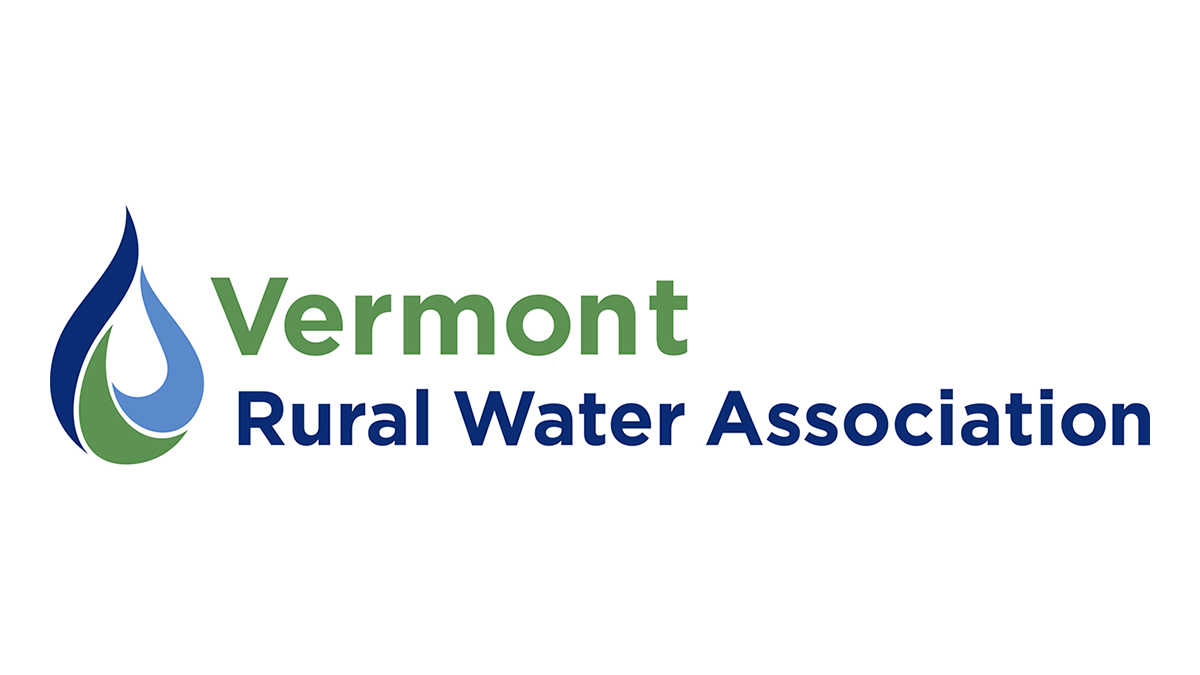by Ben Montross and Bruce King, PE (Vermont Drinking Water and Groundwater Protection Division)
This article was published in the spring 2023 issue of our newsletter.
The recent Lead and Copper Rule Revisions (LCRR) from the Environmental Protection Agency are the most significant new federal requirement impacting drinking water. While the LCRR has a confusing past and an unknown future, two new rules are certain:
-
- All water systems subject to the LCRR must create a Service Line Inventory and submit the inventory to the Vermont Drinking Water and Groundwater Protection Division (DWGPD) by October 16, 2024.
- If a water system lists at least one service line made of lead, “galvanized requiring replacement,” or unknown materials, then a replacement plan is also required by the due date.
Inventories
Which systems need to do an inventory?
Inventories must be completed by every active Community and Non-Transient Non-Community (NTNC) water system, regardless of the number of connections, whether it is a consecutive system, or service line ownership.
So, what will be in these inventories?
The inventories identify the location, material composition, and other useful information about each service line in a water system. On its face, this is a straightforward requirement: write down what every service line in the system is made of. However, there are considerations that may make this task challenging for water systems.
Consideration #1:
Both the system- owned portion and the customer- owned portions of service lines must be inventoried. Most water systems have “split” ownership of their service lines where the ownership of a service line changes at the property boundary. The LCRR requires the inventory to include details about both portions.
If your system is one of the few that either owns 100% or 0% of the service line, that scenario can also be accommodated in the inventory.
Consideration #2:
Most of a service line is buried. The expectation is that water systems, contractors, volunteers, and others first review records to identify service line materials. Next, if needed, a visual inspection can be performed where a line enters building.
If the system doesn’t have records and a property owner doesn’t allow entry to the building, then do we dig to look at the pipe? DEC strongly advises systems not dig up service lines to complete the inventory. This action may create significant health risks. Disturbing lead service lines may release lead into drinking water. It is better to list a service line’s material as “Unknown” and address it later in a replacement plan.
Consideration #3:
Lead service lines were banned on July 1, 1989. Even if a water system was built after the ban, the system still must submit an inventory identifying that there is no lead. The LCRR does not allow a waiver from completing an inventory.
Consideration #4:
Service line inventories must be submitted electronically in a specific format. Vermont DWGPD has created three Microsoft Excel spreadsheets that interact well with other regulatory databases. Water systems must use these spreadsheets to submit their inventories. DWGPD will not accept other system-made forms and documents.
Diagram showing the components of a service line that must be inventoried, including the system-owned portion on the left and customer-owned portion on the right.
Replacement Plans
Replacement plans are required for any water system that lists at least one service line made of lead, “galvanized requiring replacement,” or unknown materials in their inventory. The replacement plan will largely be a “fill-in-the-blank” document provided by DWGPD. Certain aspects of the plan will be uniformly addressed across all of Vermont’s water systems, so DWGPD will be providing a template for all systems to use in the near future.
Funding
There is a considerable amount of federal funding to assist with this new requirement, so don’t feel like you must do this alone. DWGPD will provide staff support to NTNC schools and contractor support to systems serving a population less than 1,000.
Key Points
-
- The best way to reduce lead exposure is to remove the source of lead.
- Inventories are the first critical step to reduce lead exposure because you don’t know where to dig until there is an accurate inventory identifying the lead service lines.
- Inventories and replacement plans (if required) are due to DWGPD by October 16, 2024.
This article is just an introduction to the LCRR’s new service line inventory requirements. More training and resources are at the Vermont Drinking Water Program’s website: https://dec.vermont.gov/water. On the website you can learn more about how to fill out the inventory spreadsheets. Also, please consider attending a training if someone from your water system has not done so yet. These trainings are offered monthly by Vermont Rural Water and DWGPD.

